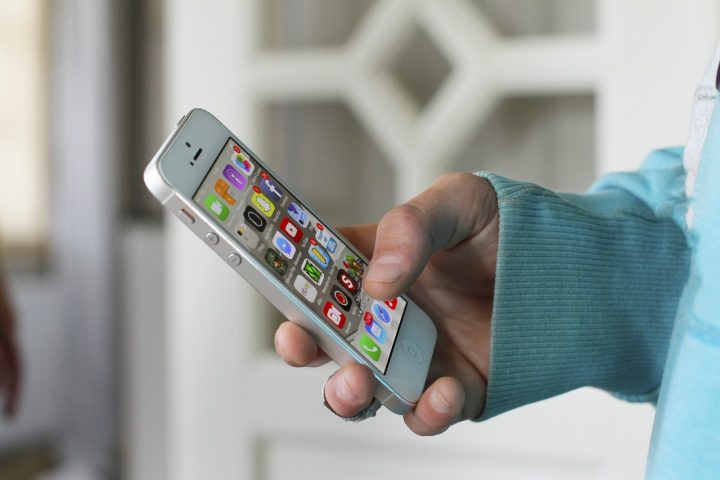how Many times have you connected to the Internet through a wireless network that simply don’t know? Did you know that your data, if not encrypted, can be read by a third party?
To ensure a better security while browsing with your mobile device, today we teach you how you can connect your iPhone/iPad to a VPN.

A virtual private network (VPN – Virtual Private Network) ensures the security of point to point communications, and in particular the privacy, integrity and authenticity of the data. For this this technology makes the encryption of the packages, ensuring that these are not interpreted by a third party.
How to connect your iPhone/iPad to a VPN?
continuing the tutorials that we published recently, we are going to use the OpenVPN as a server. The installation of a server with OpenVPN is relatively simple, and you can do it on a normal PC or even a simple Raspberry Pi.
in Spite of the iOS bring a native client for VPN, which supports VPNs-type IKEv2, IPSec, and L2TP, today we are going to use your own client OpenVPN for iOS that can be obtained here.
After you install OpenVPN on iPhone/iPad, send the file .ovpn created on the server, for example via e-mail, and open it with the OpenVPN client that will recognize the file extension. To add the new profile to the app, simply press the +sign.

once you have registered your profile, just enter the password of the profile you created in the server OpenVPN and then connect. If everything is well configured, you will receive information about the establishment of communication with the server, being displayed, for example, the state of the connection, IP tunneling, connection duration, etc.

we Hope that this tutorial will be useful, especially for anyone who frequently connects to public hotspots or networks that do not guarantee safety. Besides the issue of safety, our location on the Internet will be also associated to the VPN server and not to the device.
No comments:
Post a Comment